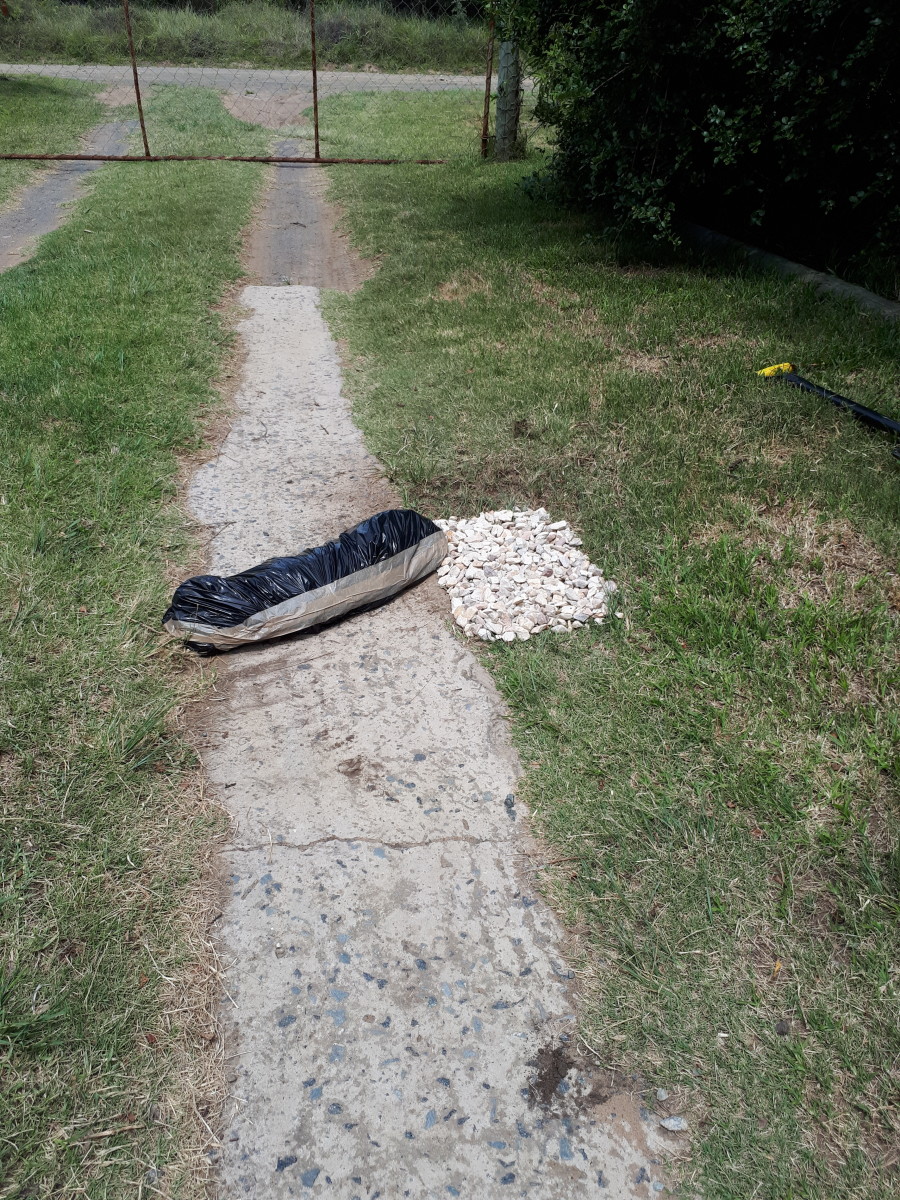CITY OF CAPE TOWN
31 JANUARY 2018
STATEMENT BY MAYORAL COMMITTEE MEMBER FOR SAFETY AND SECURITY; AND SOCIAL SERVICES, ALDERMAN JP SMITH
City works to improve access to the Newlands Spring in Springs Way
We want to thank residents for their efforts to improve the city’s water security by collecting natural spring water for their personal use.
Unfortunately, due to the number of residents wanting to access the site to collect water, there is a great deal of congestion and this is making it more difficult for people trying to access the spring. Earlier this week, a physical conflict broke out and a person was arrested by SAPS. The surrounding neighbours and particularly the adjacent old age home are also being adversely affected. The congestion and noise from cars and persons visiting the site at all hours of the day and night is causing many complaints from the surrounding community and often Kildare Road and Springs Way, which are simply not wide enough to handle the volume of vehicles trying to access the springs, are blocked.
In response to these complaints, I conducted a site visit with officials from the Traffic Engineering Services and the Traffic Department to ascertain how the site can be better managed. That visit was followed up yesterday with a meeting with local councillors, enforcement services, the Water and Sanitation Department, Parks and Recreation and the local subcouncil.
In the interest of improving the management of the site, the following arrangements, which will be applicable from Thursday 1 February, will be put in place at the site:
• Springs Way will be managed 24 hours a day by City enforcement departments
• Traffic Services will be on-site daily to manage congestion and parking and to assist vehicles entering and exiting Springs Way
• The site will be accessible to vehicles between 07:00 and 22:00
• A Venue Operations Centre will be established and personnel will be posted at this site 24 hours a day to ensure that it is managed optimally and that people are safe
• In the interest of speeding up the queues and allowing everybody fair access to the spring water, each person will be requested to only fill containers of up to 25 litres at a time to ensure that no one person holds up the queue – people are welcome to re-join the queue to fill more containers, but it is becoming essential that all those visiting the site be given a fair chance to collect water without some delaying the queues due to filling up hundreds of litres at a time
We want to be clear that limits are not being set on the amount of water that people collect, we are simply trying to manage the queueing and congestion better and to ensure fair access to all.
The above is just a short-term arrangement to try and manage the increasing tension and congestion at the site. It is clear that the short dead-end street, the narrow access via Kildare Road and lack of parking are not suitable to support the large number of vehicles trying to access the spring.
Therefore, in the next month we will be RE-ROUTING the spring water from this spring to the NEWLANDS SWIMMING POOL site 700 meters down the road, which is located on Main Road and which has much better parking and space available. This arrangement will also reduce the impact on the old age home. This location is far easier to access and has ample parking, and will allow for easier management as well as faster and more convenient access for all people collecting water.
End
Issued by: Media Office, City of Cape Town
Media enquiries: Alderman JP Smith, Mayoral Committee Member for Safety and Security; and Social Services, City of Cape Town, Tel: 021 400 1311 or Cell: 083 675 3780, Email: jean-pierre.smith@capetown.gov.za (please always copy media.account@capetown.gov.za).









 '
'








